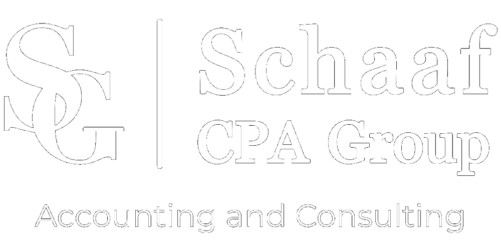As we have posted, if a child works for your business then you should pay them as follows:
If under age 18, then pay the child from your Schedule C business (don’t pay them directly from your S Corp)
If age 18, then pay them directly from your S Corp or Schedule C (doesn’t matter which)
If age 19, then pay them from either your S Corp or Schedule C business, but see if you can get very cheap subsidized health insurance for them on healthcare.gov. If the child earns more than 138% of the federal poverty level, and they are not your dependent, then you can take them off of your family health insurance plan and the child can get their own health insurance. Since they don’t have much income, their health insurance will likely be better than yours and be almost completely subsidized by the Federal government. Repeat each year until they graduate college and get a job.


